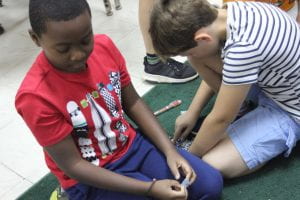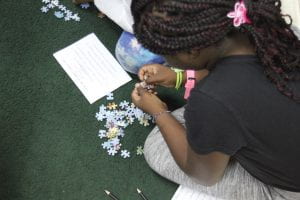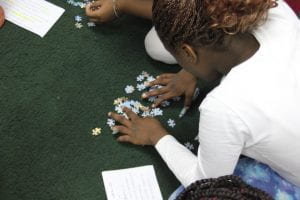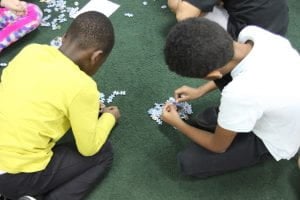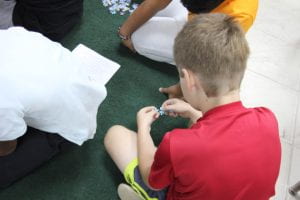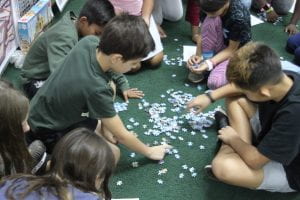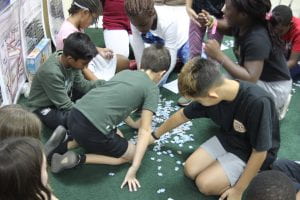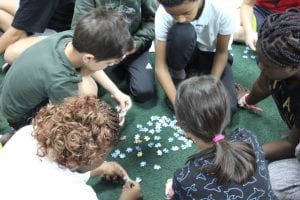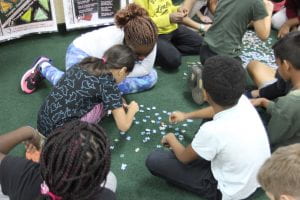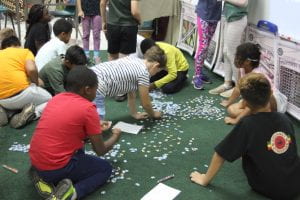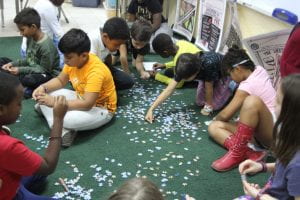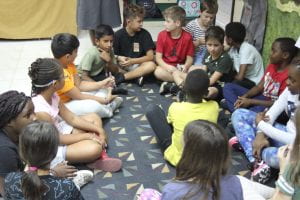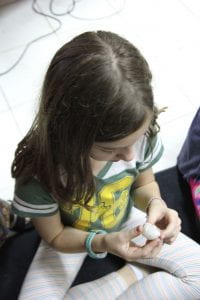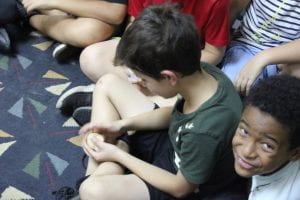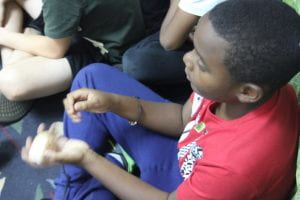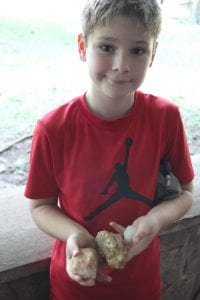Today we began to BUILD on our understanding of our central idea by exploring our first line of inquiry. Small groups worked together to make a list of all the different FORMS or types of structure they knew. Initially, many groups focused solely on the physical STRUCTURES they were familiar with, but after a brief time of sharing and considering different points of view, students gradually began to conSTRUCT more comprehensive lists, which included:
- physical
- language
- family
- social
- economic
- organizational
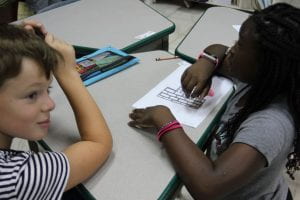

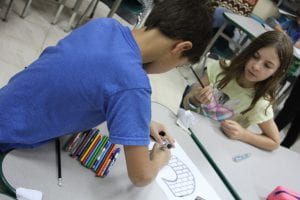

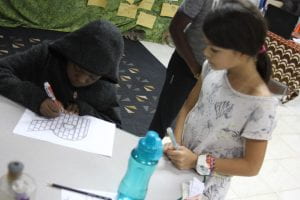

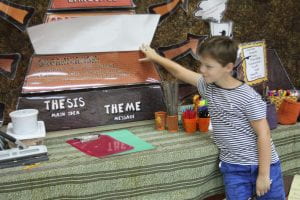
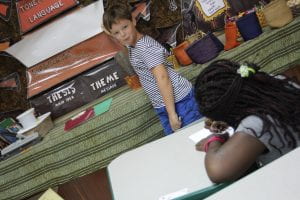
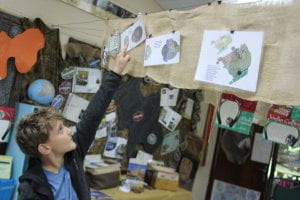
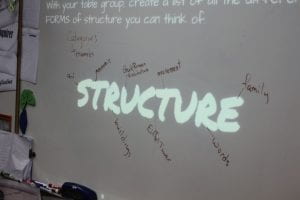
Once we had gathered a good list of STRUCTural options, we decided to deconSTRUCT one of them… language. Our first element of language we looked at were the parts of speech. Once again, we began by brainstorming what we already know. Then, students worked in pairs to reflect on their winter breaks… through the language lens of parts of speech. Using a Google Doc posted in their Google Classrooms, students using the embedded multiple sources to identify words and phrases in each part of speech with which they could document the last three weeks.
Multiple Sources
You can explore parts of speech further by logging into IXL or Khan Academy.
While not a part of speech, students also considered homonyms to use in their descriptions.
We then read aloud another one of Gloria Whelan’s book In Andal’s House. As students listened, they were challenged to:
- Identify FORMS of STRUCTURE evident in the text.
- Discuss the FUNCTION of those STRUCTURES and how they affect individuals and societies over time.
Structures were also explored in math as we looked at PARTitioning rectangles. Drawing on our work with basic and extended facts, we looked at how we can use an area model to represent and solve multiplication equations.

